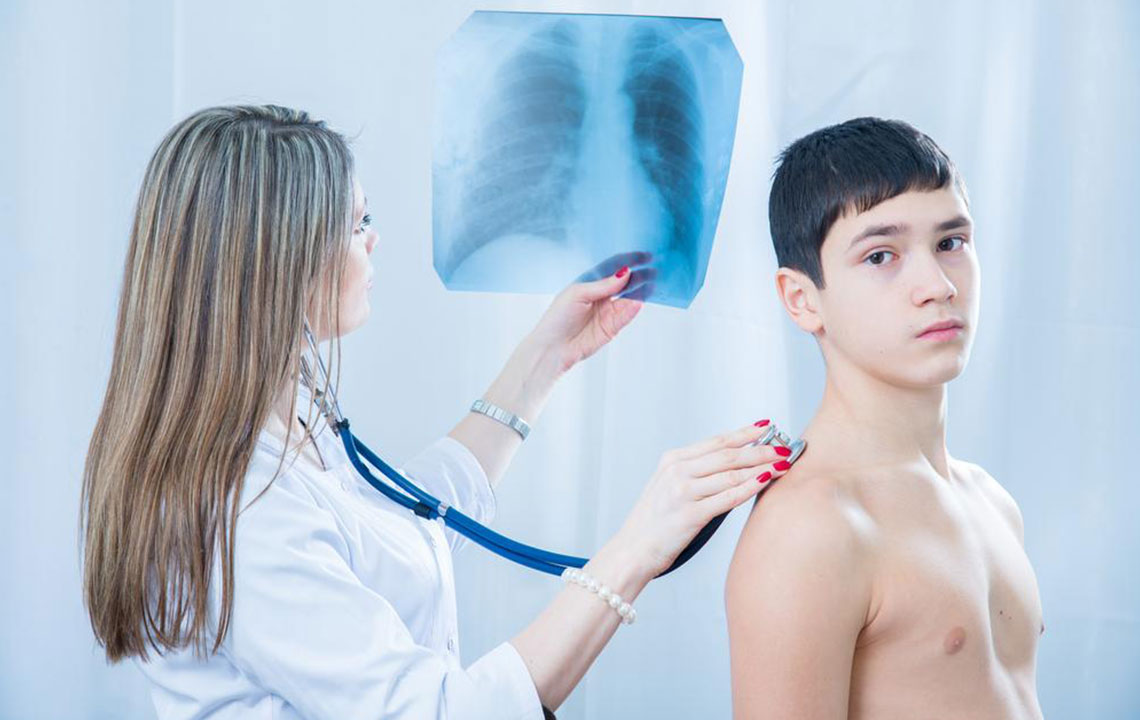Comprehensive Guide to Pneumococcal Lung Infection: Prevention, Symptoms, and Treatments
This comprehensive guide explores pneumococcal lung infections, emphasizing causes, symptoms, prevention, and advances in treatment. It highlights the importance of vaccination, nutrition, and early intervention, especially for vulnerable populations such as children and seniors. Understanding these aspects helps in effective disease management and prevention strategies, reducing the global health burden of pneumococcal diseases.

In-Depth Overview of Pneumococcal Pneumonia and Its Impact
Understanding the Critical Aspects of Pneumococcal Lung Disease
Pneumococcal pneumonia, caused by the bacteria Streptococcus pneumoniae, remains a significant health concern worldwide. In addition to pneumonia, this pathogen is responsible for severe illnesses like sepsis and meningitis, especially affecting vulnerable populations such as young children and the elderly. These infections are leading causes of morbidity and mortality among children under five, making awareness, prevention, and effective management essential. Although these diseases pose serious health risks, they can often be effectively controlled through timely intervention and preventative strategies. Protecting high-risk groups not only saves lives but also alleviates undue suffering for families and communities. This comprehensive guide covers everything you need to know about pneumococcal lung infections, including causes, symptoms, prevention, and treatment options, with an emphasis on current advances in medical science.
What is pneumococcal pneumonia?
It is an infectious disease caused by the bacterium Streptococcus pneumoniae infecting the lungs, leading to inflammation and fluid accumulation. The infection can spread beyond the lungs to the bloodstream (bacteremia), middle ear, and nervous system, resulting in a range of complications. Risk factors include age, immune status, and existing health conditions. Young children under five and adults over 65 are particularly vulnerable, especially those with chronic illnesses such as sickle cell anemia, diabetes, or lung and heart diseases, as well as organ transplant recipients. Due to its severity, pneumococcal pneumonia is considered a major global health concern, emphasizing the importance of effective prevention and management strategies.
Causes and clinical presentation:
The disease is caused by infection with Streptococcus pneumoniae bacteria, which are primarily transmitted through respiratory droplets expelled when infected individuals cough, sneeze, or talk. The bacteria can colonize the upper respiratory tract and, if immune defenses are compromised, invade the lungs causing pneumonia. Symptoms often develop rapidly and can be severe, including high fever, persistent cough often producing sputum, chest pain or discomfort, rapid breathing, fatigue, headache, muscle aches, nausea, and shortness of breath. Diagnosis is typically made through a combination of clinical symptom assessment, blood tests, and chest radiographs. Early recognition is critical for effective treatment to prevent complications.
Preventative measures to curb infection:
Prevention of pneumococcal diseases is paramount, given the potential severity and the rising challenge of antibiotic resistance. A variety of preventative strategies are available and can significantly reduce disease incidence among at-risk populations:
Nutritional support: Adequate nutrition plays an essential role in bolstering the immune system. Well-nourished children, adults, and elderly individuals are better equipped to fight off infections like pneumococcal disease. Conversely, undernutrition weakens immune defenses, increasing susceptibility to infections. Ensuring balanced diets rich in vitamins, minerals, and proteins supports overall health and disease resistance.
Breastfeeding: Exclusive breastfeeding for the first six months of life offers crucial immune protection to infants by transferring antibodies from mother to child. Breastfed infants have lower rates of respiratory infections, including pneumococcal disease, compared to non-breastfed infants. Continued breastfeeding alongside complementary feeding can further reinforce immunity and provide long-term health benefits.
Pneumococcal vaccines: Immunization stands out as a highly effective method of prevention. Vaccines like the pneumococcal conjugate vaccines (PCV13 and PCV15) are recommended for children, while the pneumococcal polysaccharide vaccine (PPSV23) is advised for adults aged 65 and older, and for those with specific health conditions. Vaccination reduces both individual risk and community transmission of the bacteria, thereby limiting outbreaks and decreasing reliance on antibiotics. It is especially critical for immunocompromised individuals, including those with HIV/AIDS, chronic illnesses, or post-transplant status.
Modern treatment approaches:
Antibiotics are the mainstay for treating pneumococcal pneumonia. Healthcare providers tailor antibiotic therapy based on patient age, severity of symptoms, and local antibiotic resistance patterns. Patients often experience symptom relief within 24 to 48 hours of starting appropriate antibiotics. However, the growing problem of antibiotic resistance among Streptococcus pneumoniae strains presents a challenge. Multidrug-resistant bacteria can lead to treatment failures, prolonged illness, or severe complications like bacteremia and meningitis. Therefore, early diagnosis and prompt initiation of treatment are essential to reduce adverse outcomes.Advancements in research: Ongoing scientific efforts are dedicated to developing improved diagnostic tools, vaccines, and antimicrobial therapies. Agencies such as the National Institute of Allergy and Infectious Diseases (NIAID) are pioneering research focused on understanding microbial structures, mechanisms of resistance, and innovative vaccine platforms. These advancements aim to provide broader protection, reduce antibiotic dependence, and mitigate the rise of resistant strains, ultimately improving outcome prospects for patients worldwide.





